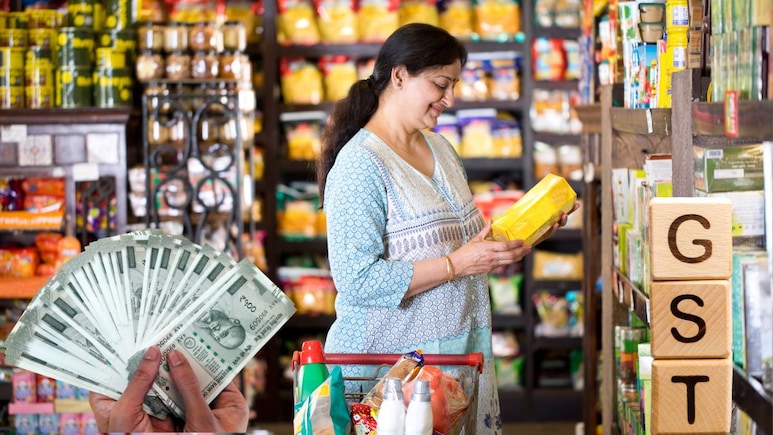
- GST Council approved reducing GST slabs from four to two main rates, plus a special 40 per cent sin tax slab
- Opposition-ruled states initially resisted but agreed after assurances on revenue compensation
- New GST rates, aiming to provide relief to the middle class, will apply from September 22
The rationalisation of Goods and Services tax, done eight years after the flagship reforms were initiated, took place after a clear directive from Prime Minister Narendra Modi delivered from the ramparts of the Red Fort on Independence Day. It was not exactly unexpected for the GST Council and the finance ministry. Union finance minister Nirmala Sitharaman had said the Prime Minister "had been after us for eight months". The big hurdle was getting the states on board, especially the ones ruled by the Opposition - Mamata Banerjee's Bengal, Left-ruled Kerala, Aam Aadmi Party's Punjab and Congress's Karnataka.
But it proved easier than expected. The two-day GST meeting ended in one and the Opposition-ruled states had agreed to GST reduction. Ms Sitharaman told the media after the meeting that all decisions were taken unanimously, with no disagreement with any state.
PM Modi's brief was simple: The middle class has to be given big relief. States should also be assured and their concern about losses addressed to strengthen the federal structure.
The ideas for the restructuring were mostly in place, with the Council having a clear idea of what worked and what did not in terms of the tax slabs. Ms Sitharaman and her team had already done the groundwork, holding multiple meetings for six months.
Sources told NDTV that the Opposition-ruled states, initially, were apprehensive of a drop in their revenue. Some states - including Bengal - had protested strongly in the GST Council meeting yesterday.
This Council meeting at Vigyan Bhavan was to end at 7 pm. But it continued till 9.30 pm till all the states were on board.
Ms Sitharaman had assured the states, saying the GST collection belongs to the Center and the states. If the states are suffering losses, then the Center is also suffering. But with the objective being providing relief to the common man, the states and the Center have to finish the job. She also assured the states that their interests will be taken care of.
Sources said Punjab and West Bengal agreed early in the marathon council meeting yesterday. Chief Minister Mamata Banerjee even drew some mileage from it ahead of the state elections, pointing out that some of the changes were in line with what she had sought eight years ago.
But Karnataka and Kerala remained adamant till the last moment. They wanted the states to be given concrete assurance regarding compensation for revenue loss. They also wanted the discussion to be postponed to the next day.
However, Chhattisgarh Finance Minister OP Chaudhary said if Karnataka and Kerala were not ready, the matter should be settled through votes.
Decisions in the GST Council are generally taken by consensus and voting had to be done only on the issue of 28 per cent GST on lottery.
When Mr Chaudhary insisted repeatedly, Finance Minister Nirmala Sitharaman grudgingly agreed. At this, Bengal intervened and convinced Karnataka and Kerala. The decision was announced late in the evening yesterday.
The GST Council had approved simplifying the GST from the current four slabs - 5, 12, 18 and 28 per cent -- to a two-rate structure, 5 and 18 per cent. A special 40 per cent slab is also proposed for a select few items such as high-end cars, tobacco and cigarettes. The new rates would be applicable from September 22.
Sources said the GST restructuring may have an impact on the collection in the first six months. There may be a drop for the rest of this financial year, but its positive results will start showing from the next. People will have more money in their hands and with increased consumption, revenue will gradually increase.
Track Latest News Live on NDTV.com and get news updates from India and around the world

